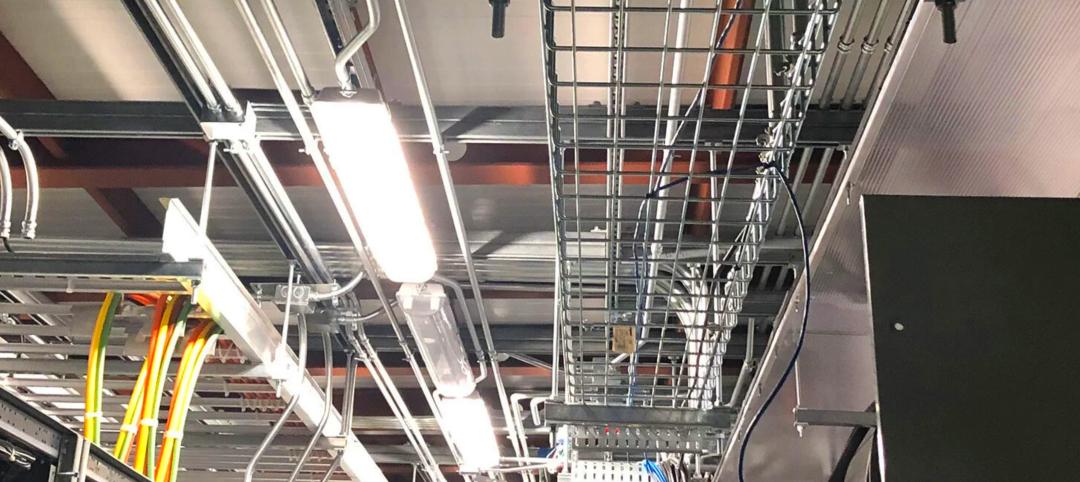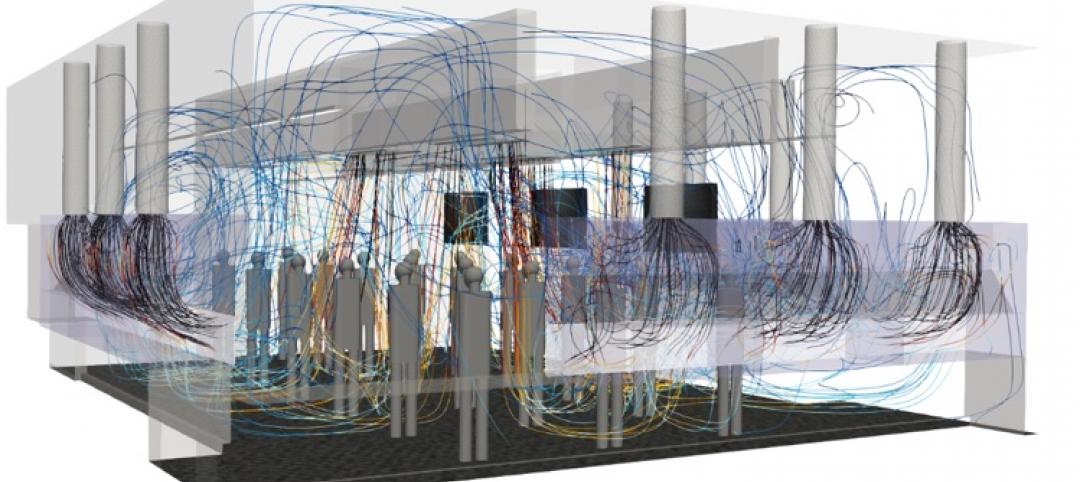Simply put, lean is the practice of creating more value with fewer resources. The concept is inspired by the Japanese management theory from Toyota, where lean concepts are designed to improve and consistently drive more value to Toyota's consumers. Although it began in the automotive industry, lean tools and concepts can be applied to any process within any industry.
Throughout the construction industry, the idea of utilizing lean principles on a project has gained popularity over the years, and it will only continue to increase. However, in my experience, I've seen the term 'lean' be used as more of a catchy buzzword, rather than implemented as a lifestyle. Likewise, it has been my experience that some design-builders (and owners) do not fully understand the significance of truly integrating the entire design-build team.
To be able to apply lean concepts on a project, it's imperative to have a holistic view of the five lean principles and how they directly correlate to design-build best practices. The five lean principles are derived from the Design-Build Institute of America's (DBIA) Design-Build Done Right, a universally applicable guide serving as a single-source that defines design-build fundamentals to enhance project outcomes. Design-Build Done Right is not simply having a general contractor and the architect/engineer combine resources, but rather integrating the key trade partners early in the proposal development phase of the project.
Principle #1 — Value
The client defines the value; the design-build team creates it. Take the time to really understand what the client wants and needs.
The Design-Build Done Right Way: The client's definition of value must be specified in the request for proposal (RFP), which should also be structured to optimize the budget. Quality versus value – Toyota designs and manufactures a spectrum of products, from the Corolla to the Lexus. It's quite easy to distinguish the difference in quality. However, the desired value is more subjective and requires more definition in the RFP.
Principle #2 — The Value Stream
Identify the value stream with three critical management tasks: problem-solving, information management, and physical transformation.
The Design-Build Done Right Way:
- Problem-solving – from concept to detailed design and engineering through production. Problem-solving tasks create a truly integrated design-build team.
- Information management – BIM is a powerful tool that has demonstrated the ability to transform the industry when the key trade partners are engaged early in the process. Utilize Building Information Management (BIM) and critical path method (CPM) scheduling from notice-to-proceed through detailed design management to substantial completion.
- Physical transformation – identify the entire value stream within the supply chain from raw materials to facility turnover.
Breaking down the traditional 'silo' mentality will help expose waste in the design and construction industry.
Principle #3 — Flow
Utilizing lean concepts equates to continuously improving a project's flow.
The Design-Build Done Right Way: Streamlining the workflow directly influences the schedule, which forces each activity to find a flow. Where there is waste in an activity, the flow will be off, change can be made, and the activity's flow improves.
Principle #4 — Pull-Planning
Begin with the end in mind. Read the CPM schedule from right to left.
The Design-Build Done Right Way: The pull plan schedule should take place in the project's co-location to maximize input participation and minimize miscommunication among key trade partners.
Principle #5 — Perfection – Innovation
Strive for perfection in each process.
The Design-Build Done Right Way: All team members should be encouraged to provide immediate feedback so that changes can be made quickly and smoothly. Predictability is a major challenge in the design and construction industry; however if each team member is on board early in terms of striving for perfection, projects can convert from a 'batch and queue' system to a consistent flow that continuously improves without stoppage and rework.
As the construction industry continues to accept design-build and lean practices, changes will continuously be needed. There is always room for improvement. The first step to having a superior project is understanding and accepting that lean and design-build is right for your project. If each team member is on board, collaborating and willing to accept that there is a need to change, the five principles will fall in line with your team. It's never easy to change, but once there is excitement built around making each project the best yet, there is significant room for improvement.
More from Author
Southland Industries | Feb 6, 2023
Modular electric rooms are the new normal
Southland Industries breaks down the prefabrication benefits of Modular Electric Rooms (MERs).
Southland Industries | Dec 20, 2017
6 CFD post-processing tips to improve visualization productivity and quality
Southland Engineering’s Abdullah Karimi offers helpful tips for making computational fluid dynamics (CFD) models more productive.








